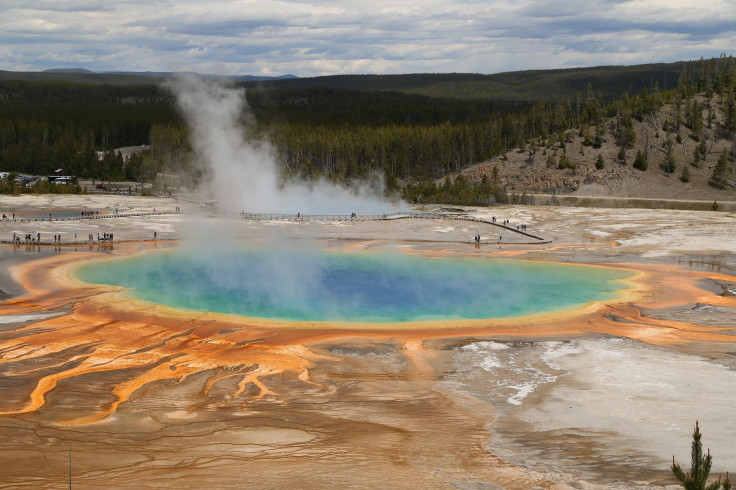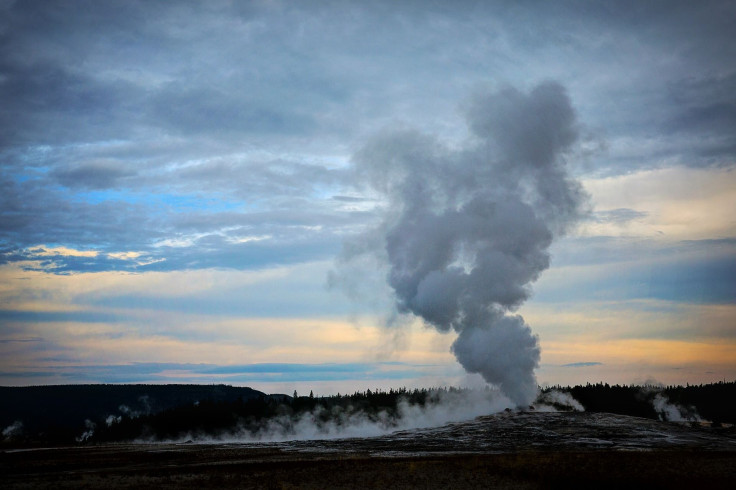Yellowstone Supervolcano Could Erupt Quickly, Scientists Say
The supervolcano lurking beneath Yellowstone National Park might be getting ready to explode, an eruption that could be devastating to life on Earth.
Scientists reported during a volcanology conference that it could take as little as a human lifetime for a dormant volcano to wake up and prepare itself for a massive eruption, the New York Times says. For Yellowstone, that type of supereruption last happened more than 600,000 years ago, after magma filled the empty chambers below the Earth’s surface some decades before it blew.
It was previously believed that this build up took thousands of years, but the new research suggests the timeframe was much tighter.
The New York Times reports that the Yellowstone supervolcano is capable of unleashing enough ash and rock — hundreds of cubic miles at one time — into an eruption radius large enough to cover most of the country in a fog and affect the environment of the entire planet.

But it’s not the only supervolcano there is. Campi Flegrei in Italy is another example of one of these natural monsters that could be devastating if it were to erupt. It is just west of Naples, close to the legendary Mount Vesuvius that destroyed the ancient city Pompeii with an eruption in the first century. Experts studying the Italian supervolcano note that Campi Flegrei, which last blew in 1538, has experienced earthquakes and ground uplifting that has made room for magma to build up beneath it.
Supervolcanoes earn that title if they have let loose an eruption of a magnitude 8 on the Volcano Explosivity Index — a scale that runs from 0 to 8. The top level indicates that an eruption released 250 cubic miles of magma.
Predicting volcanic eruptions is difficult, however, and volcanologists are trying to crack the code. In the case of this new research, the scientists found during an analysis of material that after magma filled up the area beneath Yellowstone all those thousands of years ago, temperatures and other conditions changed quickly, over the course of just decades, leading to an eruption.

“It’s shocking how little time is required to take a volcanic system from being quiet and sitting there to the edge of an eruption,” scientist Hannah Shamloo told the New York Times.
In recent years, Yellowstone has experienced ground uplifting, a sign of activity that could possibly warn of an eruption because of the magma buildup that takes place beneath the swelling surface.
According to the U.S. Geological Survey, the last eruption at Yellowstone was 640,000 years ago. There was another eruption 660,000 years before that.
Yellowstone National Park doesn’t contain a classic image of a volcano, with a mountain looming high in the sky, but it is still home to a massive volcano structure. Much of the park is within the Yellowstone caldera, the crater created when the magma from the supervolcano erupted and the Earth’s crust collapsed into the empty space it left behind. Some of its biggest attractions, including the geyser Old Faithful and the Grand Prismatic Spring are signs of the site’s volcanic activity.
© Copyright IBTimes 2024. All rights reserved.





















